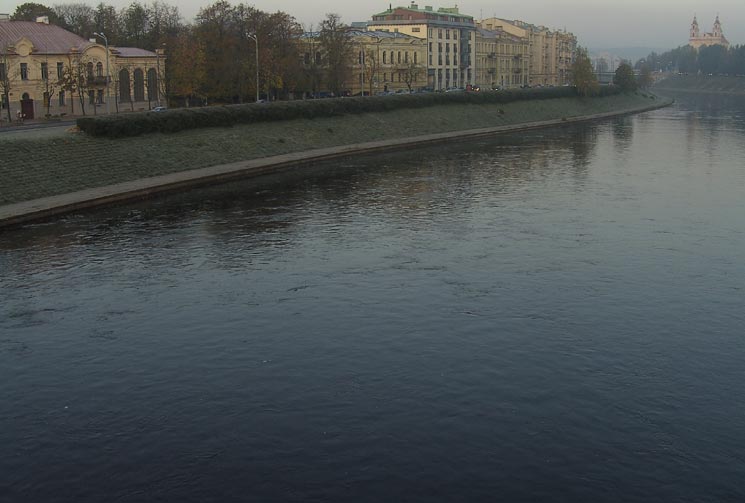 The boxes that contain ink are not buckets that one can use to mixe colour in. one would not see evaporate the actual liquid that has been mixed in to help the drying process, but it is most defenitively gone when needed most if you don't. - ! SO ! - Keep one palette knife for each colour, and others for mixing. The three stones (or old window-panes) are the yellow-one, the blue-one, and the red-one. Here you make your colours, in the way you would orderly 'built' your palette: from the yellow, in two directions, to white and black, and so on with blue and red. "If in printmaking the actual printing is a job, and for that matter less interesting than painting, please find yourself another trade!" There should not be an 'actual printing' - printing, for an artist that is, should be part of the process of making a print. All left-over ink at the end of a day could make interesting end-papers (the sort of paper one could glue on to the boards of a 'hard-cover'); which could make cleaning not too much a tedious slave-job at the end of a day - and - left-over paper and ink not so much an invironmental problem. The good old sun that has been at the bottom of this in the very dawn of papermaking does not seem to work here, where time is autumn and the sun is something rare. Thus (afraid to loose too much time when going on a mission) 'half-basic' shall have to do.  Drying 'on the air' (and basic central heating). Most certainly tomorrow we'd better try and make a 'heavier' paper. And I might just find a woolen blanket. INDEX of the Joseph Joh'n' Pages |